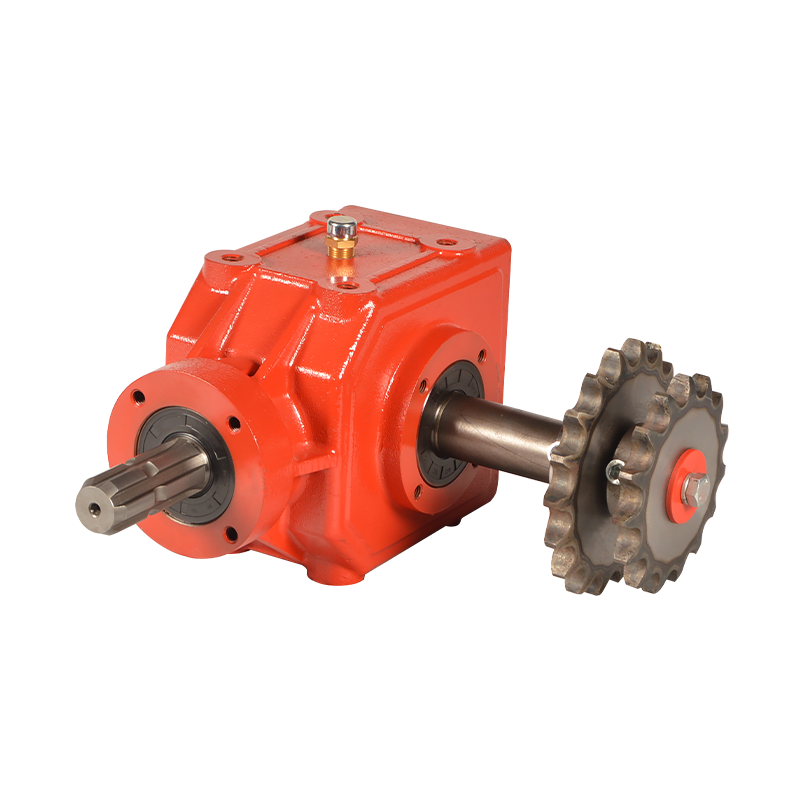KLF100 Light-weighted crawler tractor gearbox
Cat:Grader Driven Rake Gear Box
This gearbox is used for lightweight crawler Tractors within 80HP. Engine input, power, and torque are transmitted through the gearbox. By driving the...
See DetailsGearboxes are essential components in various mechanical systems, providing torque conversion, speed reduction, and power transmission. Among them, the universal gearbox stands out due to its adaptability across multiple industries. This article explores the types, applications, benefits, and selection criteria for universal gearboxes, providing valuable insights for engineers, technicians, and industry professionals.
A universal gearbox is a versatile transmission system designed to accommodate different mechanical requirements. Unlike specialized gearboxes, it can be adapted for various applications, making it a cost-effective solution for many industries.
Universal gearboxes come in different configurations, each suited for specific applications. Below is a comparison of the most common types:
| Type | Description | Best For |
| Helical Gearbox | Uses helical gears for smooth, quiet operation. | High-speed, high-torque applications. |
| Bevel Gearbox | Features bevel gears for right-angle power transmission. | Conveyors, printing machines. |
| Worm Gearbox | Uses a worm and wheel mechanism for high reduction ratios. | Heavy-duty lifting equipment. |
| Planetary Gearbox | Multiple gears rotating around a central gear for high torque density. | Robotics, automation systems. |
Universal gearboxes are widely used across industries due to their flexibility. Some common applications include:

Choosing the correct gearbox ensures optimal performance and longevity. Consider the following factors:
Even the best gearboxes may encounter problems. Here are some common issues and solutions:
| Issue | Possible Cause | Solution |
|---|---|---|
| Overheating | Excessive load or poor lubrication. | Reduce load or check oil levels. |
| Noise/Vibration | Misalignment or worn gears. | Realign gears or replace damaged parts. |
| Leakage | Damaged seals or gaskets. | Replace seals and inspect housing. |
With advancements in engineering, universal gearboxes are evolving to meet modern demands:
Universal gearboxes are indispensable in modern machinery, offering flexibility, durability, and efficiency. By understanding their types, applications, and selection criteria, professionals can make informed decisions that enhance system performance. Whether used in industrial, automotive, or renewable energy sectors, the right gearbox ensures seamless power transmission and long-term reliability.